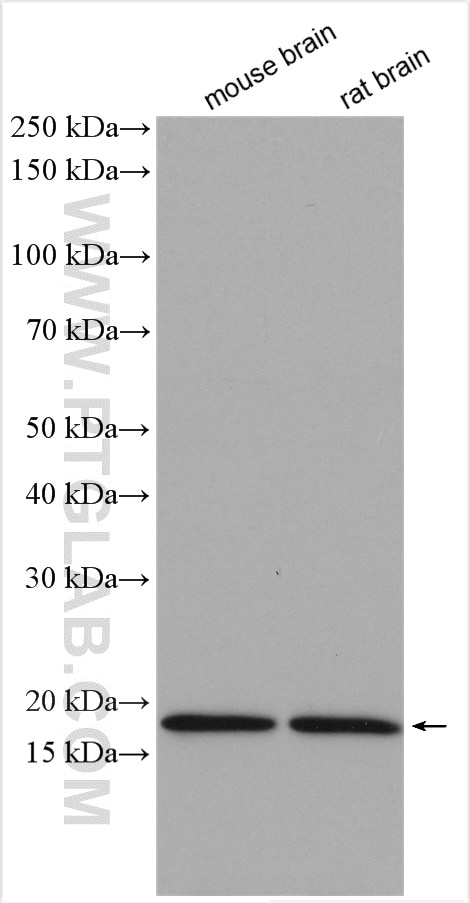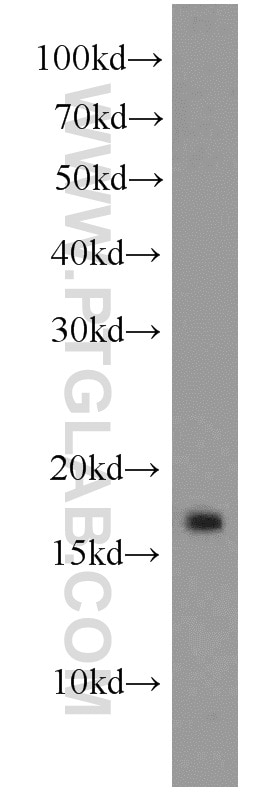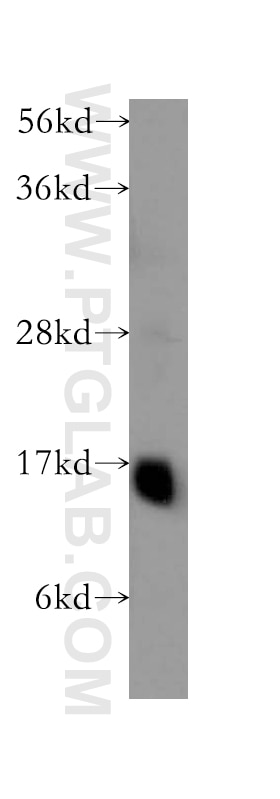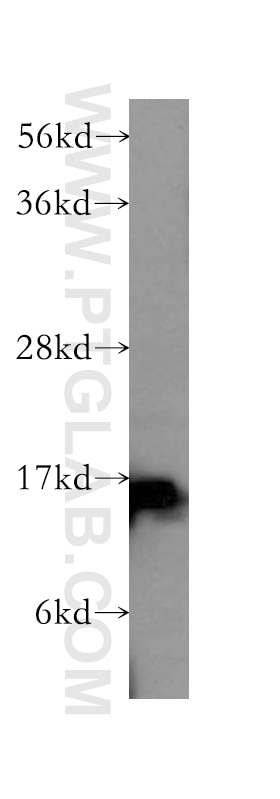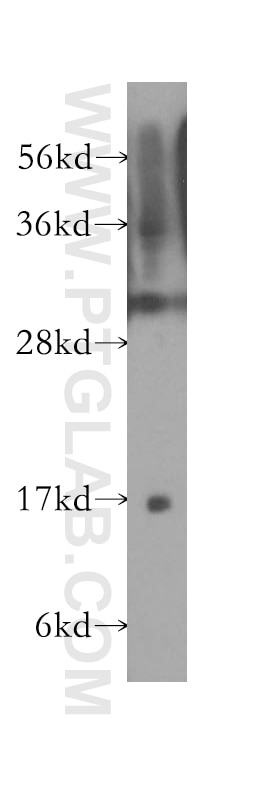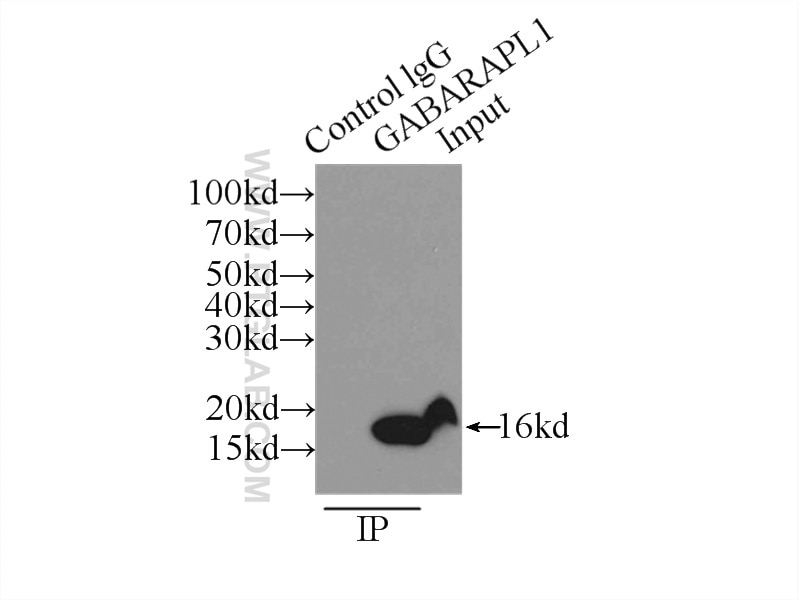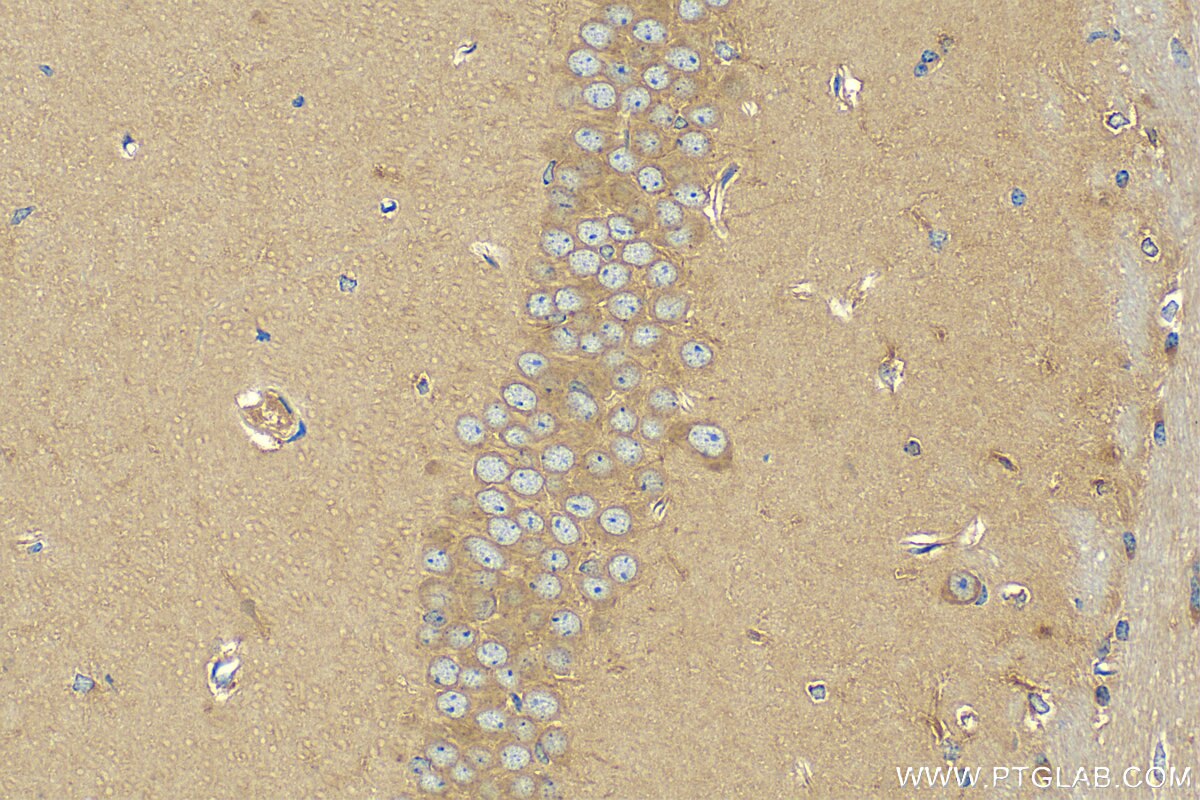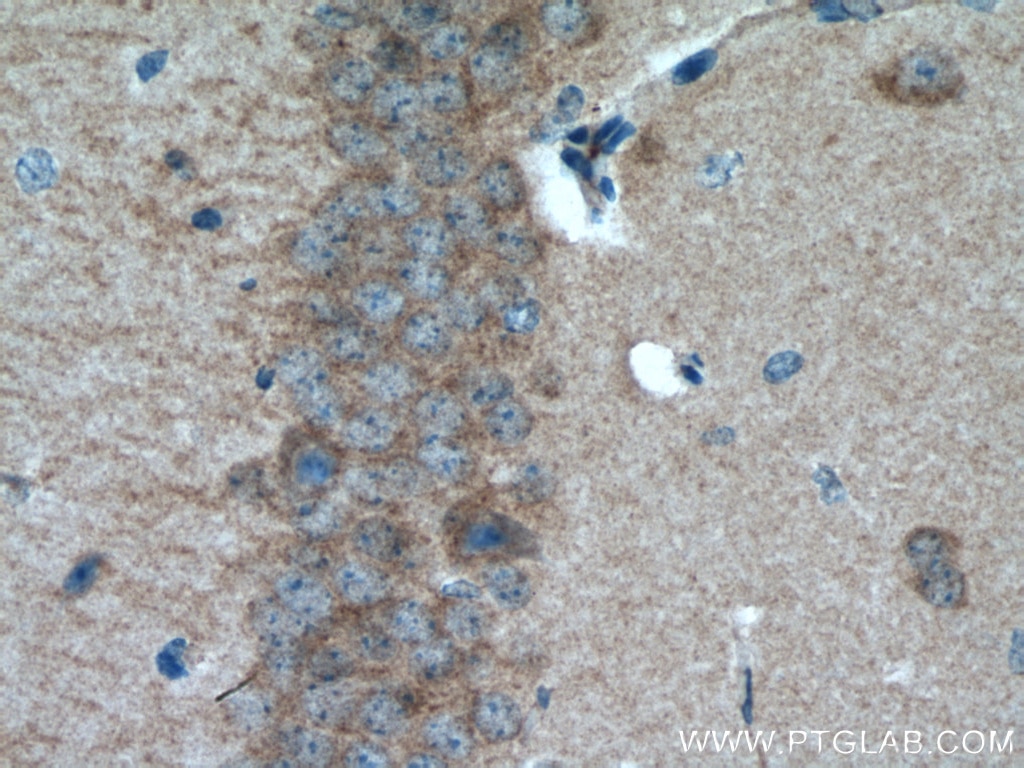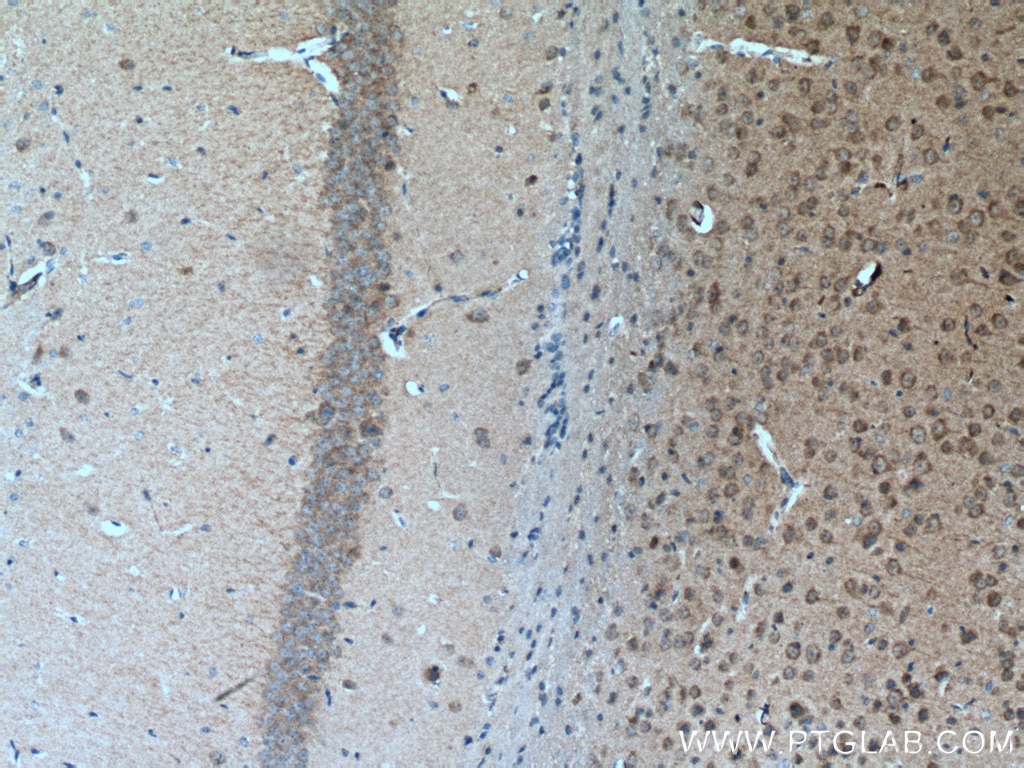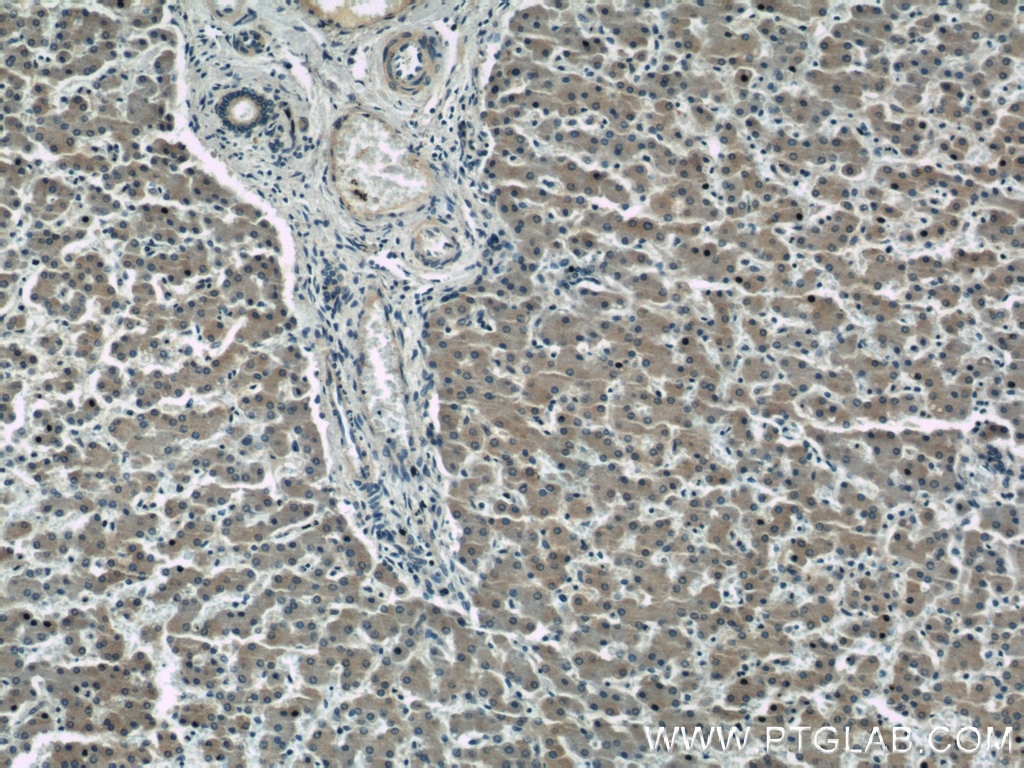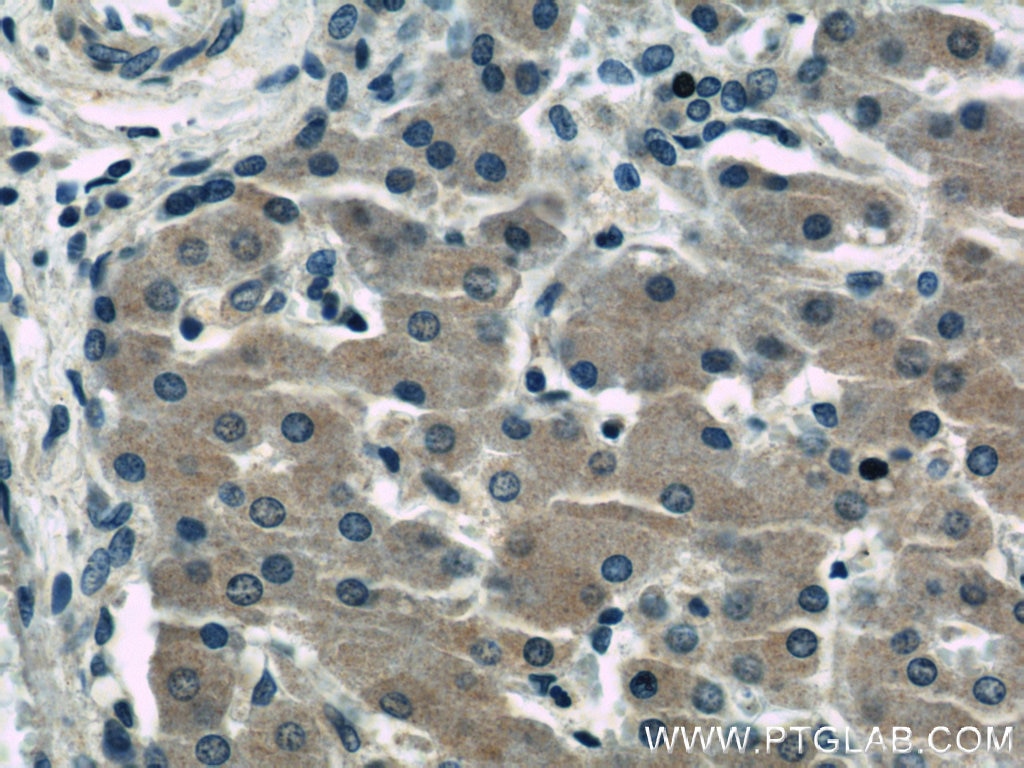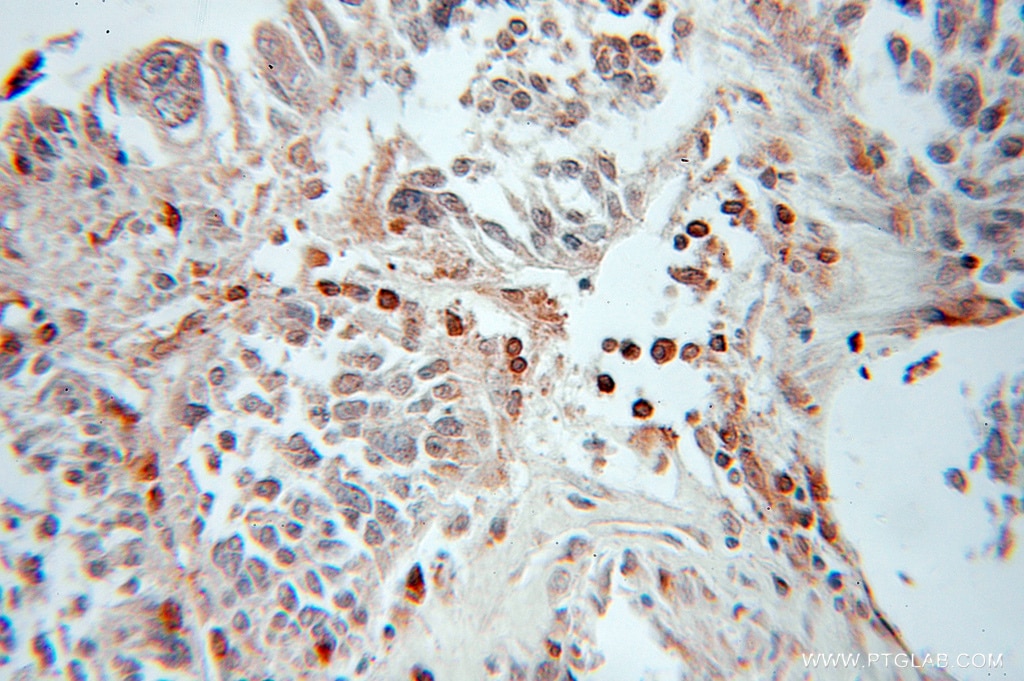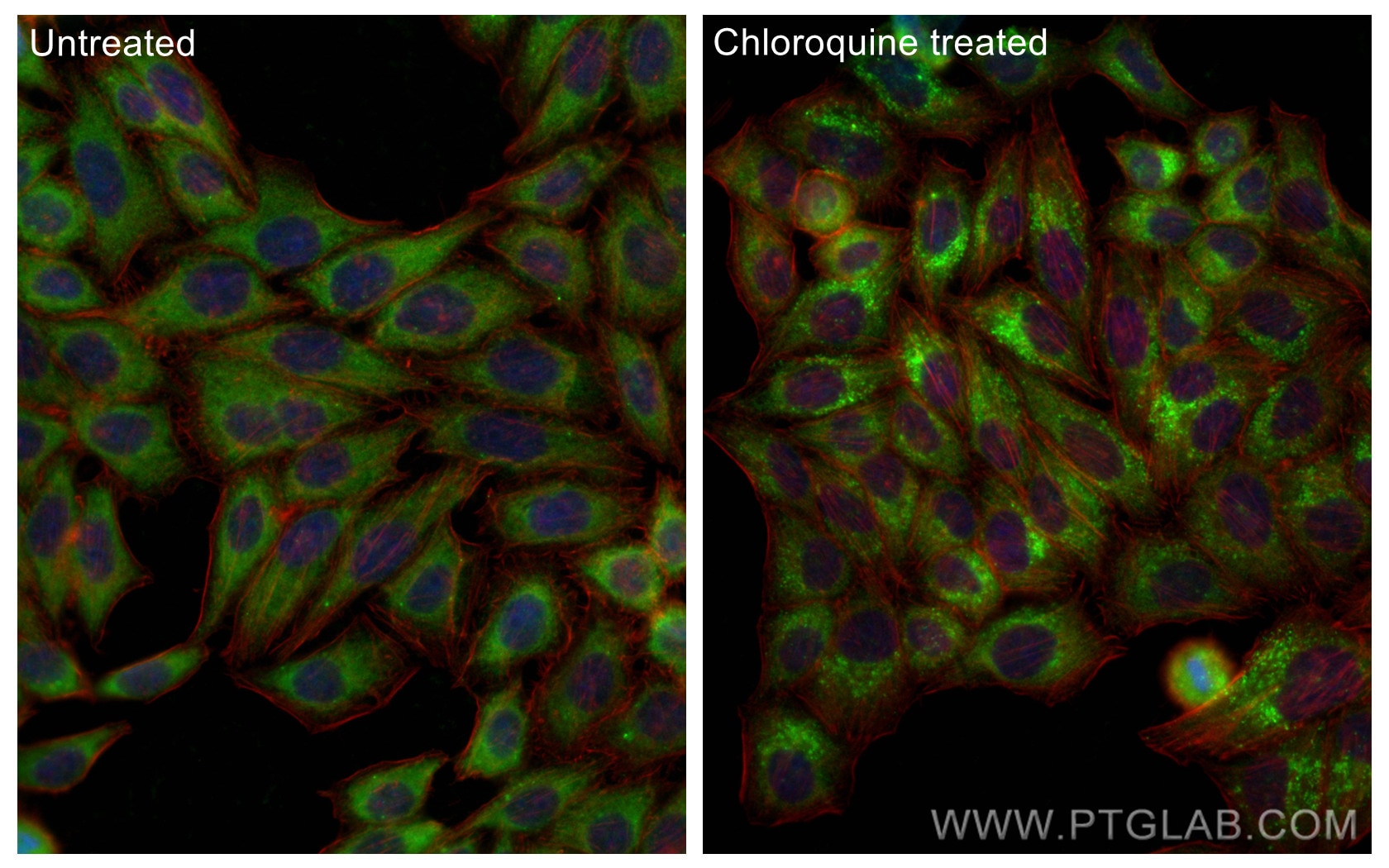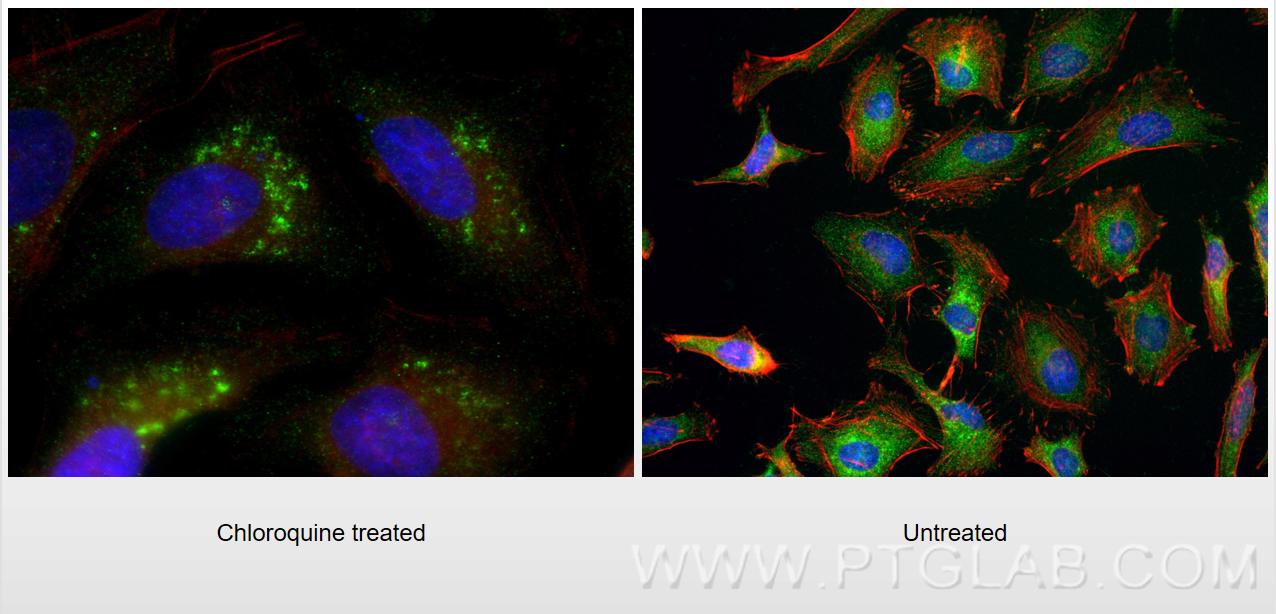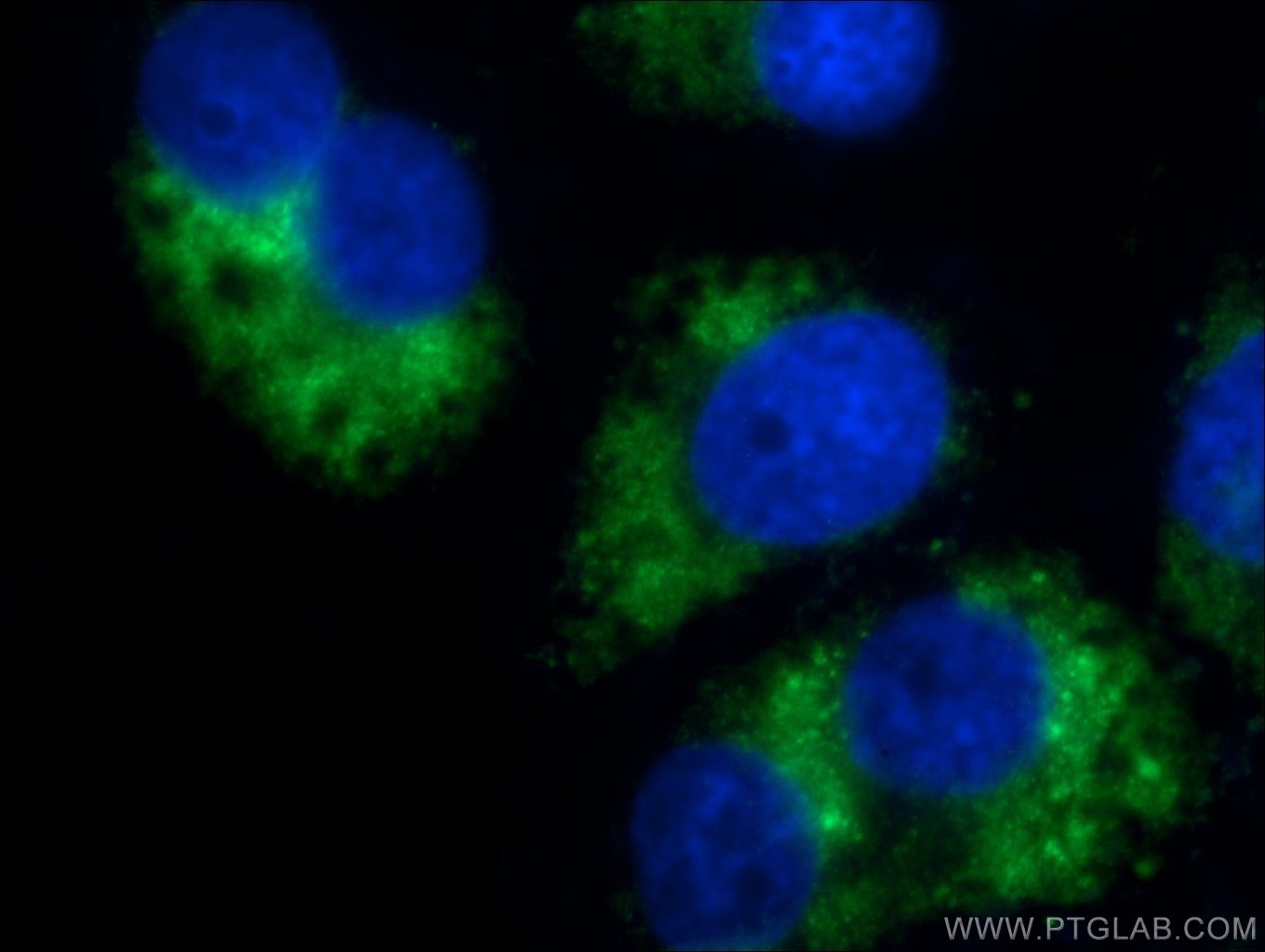Tested Applications
| Positive WB detected in | mouse brain tissue, HepG2 cells, human heart tissue, mouse liver tissue, rat brain tissue |
| Positive IP detected in | mouse liver tissue |
| Positive IHC detected in | mouse brain tissue, human ovary tumor tissue, human liver tissue Note: suggested antigen retrieval with TE buffer pH 9.0; (*) Alternatively, antigen retrieval may be performed with citrate buffer pH 6.0 |
| Positive IF/ICC detected in | Chloroquine treated HeLa cells, Chloroquine treated HepG2 cells |
Recommended dilution
| Application | Dilution |
|---|---|
| Western Blot (WB) | WB : 1:500-1:2000 |
| Immunoprecipitation (IP) | IP : 0.5-4.0 ug for 1.0-3.0 mg of total protein lysate |
| Immunohistochemistry (IHC) | IHC : 1:50-1:500 |
| Immunofluorescence (IF)/ICC | IF/ICC : 1:50-1:500 |
| It is recommended that this reagent should be titrated in each testing system to obtain optimal results. | |
| Sample-dependent, Check data in validation data gallery. | |
Published Applications
| KD/KO | See 7 publications below |
| WB | See 55 publications below |
| IHC | See 7 publications below |
| IF | See 24 publications below |
| IP | See 3 publications below |
Product Information
11010-1-AP targets GABARAPL1 in WB, IHC, IF/ICC, IP, ELISA applications and shows reactivity with human, mouse, rat samples.
| Tested Reactivity | human, mouse, rat |
| Cited Reactivity | human, mouse, rat, monkey, prawn |
| Host / Isotype | Rabbit / IgG |
| Class | Polyclonal |
| Type | Antibody |
| Immunogen |
CatNo: Ag1473 Product name: Recombinant human ATG8L protein Source: e coli.-derived, PGEX-4T Tag: GST Domain: 1-117 aa of BC009309 Sequence: MKFQYKEDHPFEYRKKEGEKIRKKYPDRVPVIVEKAPKARVPDLDKRKYLVPSDLTVGQFYFLIRKRIHLRPEDALFFFVNNTIPPTSATMGQLYEDNHEEDYFLYVAYSDESVYGK Predict reactive species |
| Full Name | GABA(A) receptor-associated protein like 1 |
| Calculated Molecular Weight | 14 kDa |
| Observed Molecular Weight | 16 kDa |
| GenBank Accession Number | BC009309 |
| Gene Symbol | GABARAPL1 |
| Gene ID (NCBI) | 23710 |
| RRID | AB_2294415 |
| Conjugate | Unconjugated |
| Form | Liquid |
| Purification Method | Antigen affinity purification |
| UNIPROT ID | Q9H0R8 |
| Storage Buffer | PBS with 0.02% sodium azide and 50% glycerol, pH 7.3. |
| Storage Conditions | Store at -20°C. Stable for one year after shipment. Aliquoting is unnecessary for -20oC storage. 20ul sizes contain 0.1% BSA. |
Background Information
GABARAPL1 (GABARAP-like protein 1), also named ATG8, GEC1, APG8L, ATG8L, and APG8-LIKE, is a member of the GABARP (GABAA receptor-associated protein) family. GABARAPL1 was initially identified as an estrogen-regulated gene, and the protein acts in receptor and vesicle transport. It's also involved in the process of autophagy, like GABARAP and GABARAPL2, and may be considered an autophagic marker. It is expressed at very high levels in the brain, heart, peripheral blood leukocytes, liver, kidney, placenta, and skeletal muscle, and at very low levels in the thymus and small intestine. The antibody is specific to GABARAPL1, and it doesn't recognize the recombinant GABARAP and GABARAPL2.
Protocols
| Product Specific Protocols | |
|---|---|
| IF protocol for GABARAPL1 antibody 11010-1-AP | Download protocol |
| IHC protocol for GABARAPL1 antibody 11010-1-AP | Download protocol |
| IP protocol for GABARAPL1 antibody 11010-1-AP | Download protocol |
| WB protocol for GABARAPL1 antibody 11010-1-AP | Download protocol |
| Standard Protocols | |
|---|---|
| Click here to view our Standard Protocols |
Publications
| Species | Application | Title |
|---|---|---|
Circulation Markers of autophagy are downregulated in failing human heart after mechanical unloading. | ||
J Extracell Vesicles Secretion of pro-angiogenic extracellular vesicles during hypoxia is dependent on the autophagy-related protein GABARAPL1. | ||
Cell Metab FoxO3 coordinately activates protein degradation by the autophagic/lysosomal and proteasomal pathways in atrophying muscle cells. | ||
Reviews
The reviews below have been submitted by verified Proteintech customers who received an incentive for providing their feedback.
FH Margaux (Verified Customer) (06-07-2024) | Efficient to immunoprecipitate GABARAPL1 but I used another antibody to see it because it didn't work for my western-blot in my experimental conditions.
|
FH H (Verified Customer) (04-06-2020) | I could not detect GABARAP L1 in HEK293T and HCT116 cells. It is possible that the expression level of GABARAP L1 in these two cell lines are extremely low. In proteomics analysis of the HEK293T whole cell lysates, however, we could detect GABARAP L1.
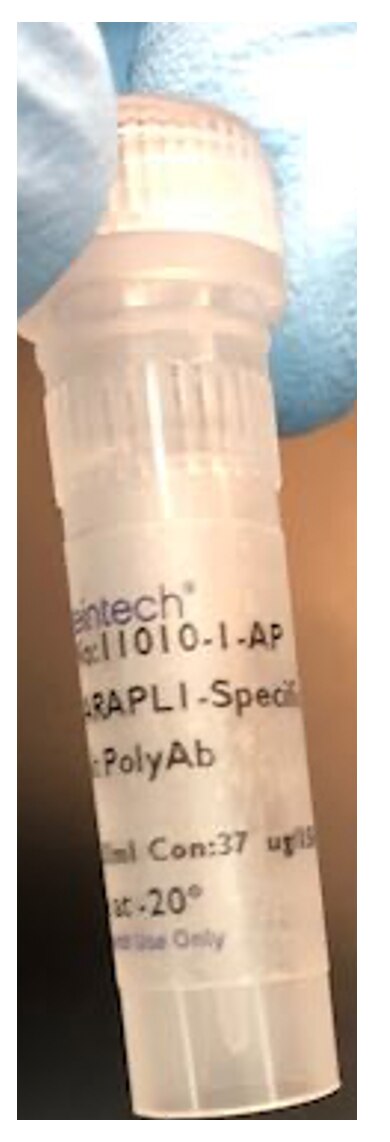 |

